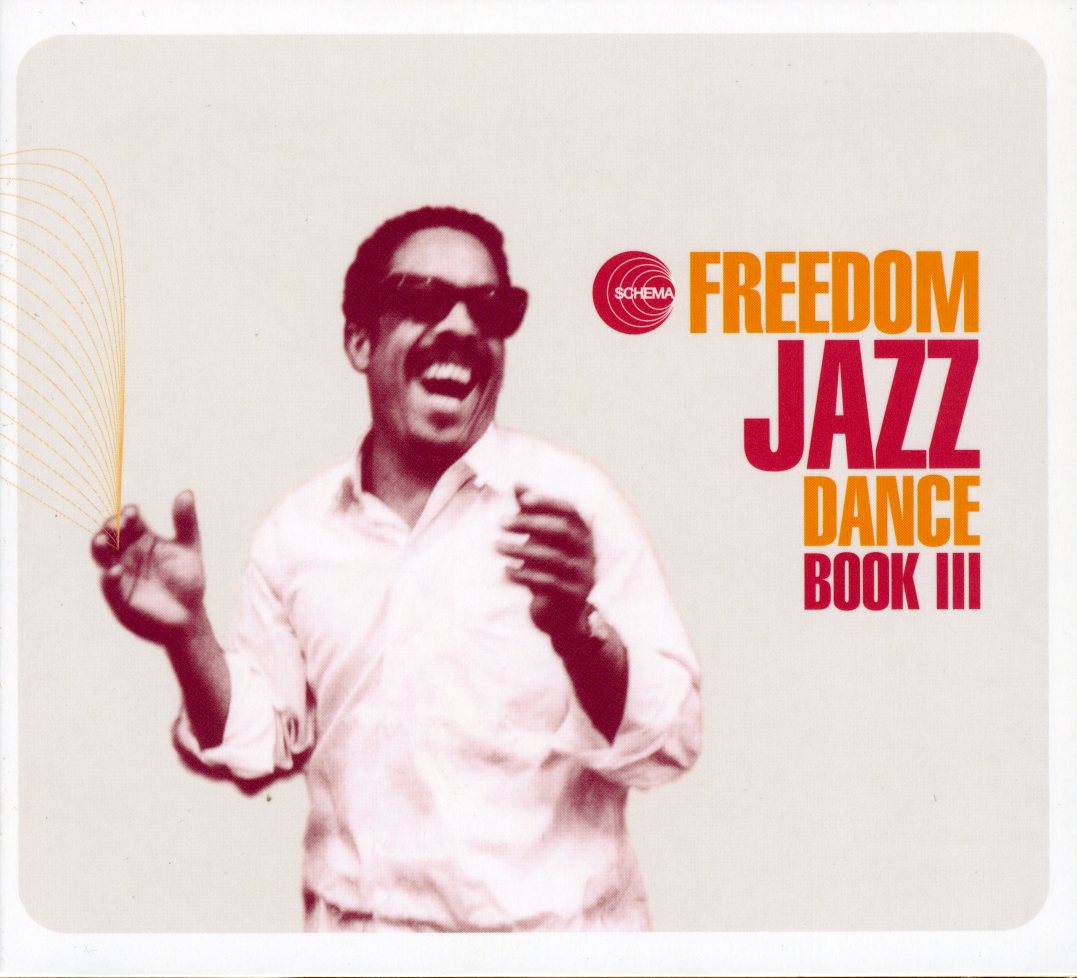
In The Rise and Fall of Protestant Brooklyn, Stuart M. Blumin and Glenn C. Altschuler tell the story of nineteenth-century Brooklyn's domination by upper- and middle-class Protestants with roots in Puritan New England. This lively history describes the unraveling of the control they wielded as more ethnically diverse groups moved into the "City of Churches" during the twentieth century.
Before it became a prime American example of urban ethnic diversity, Brooklyn was a lovely and salubrious "town across the river" from Manhattan, celebrated for its churches and upright suburban living. But challenges to this way of life issued from the sheer growth of the city, from new secular institutions--department stores, theaters, professional baseball--and from the licit and illicit attractions of Coney Island, all of which were at odds with post-Puritan piety and behavior.
Despite these developments, the Yankee-Protestant hegemony largely held until the massive influx of Southern and Eastern European immigrants in the twentieth century. As The Rise and Fall of Protestant Brooklyn demonstrates, in their churches, synagogues, and other communal institutions, and on their neighborhood streets, the new Brooklynites established the ethnic mosaic that laid the groundwork for the theory of cultural pluralism, giving it a central place within the American Creed.
member goods
listens & views

FREEDOM JAZZ DANCE BOOK 3 ...
by FREEDOM JAZZ DANCE BOOK 3 / VARIOUS (DIG) (ITA)
COMPACT DISC$17.75






